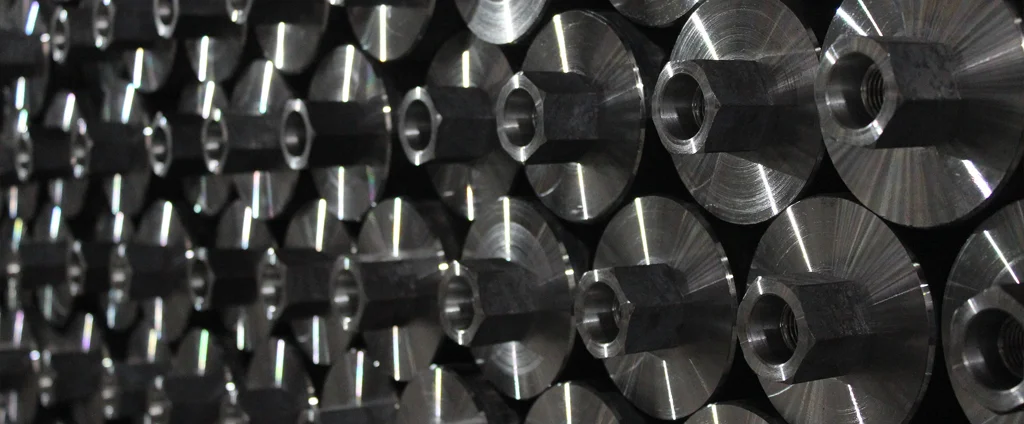SAE/AISI 8822 Alloy Steel (UNS G88220)

SAE/AISI 8822 is a low-alloy nickel-chromium-molybdenum steel known for its high strength, good toughness, and reliable hardenability. This versatile alloy is well-suited for demanding applications such as gears, shafts, bolts, and nuts in various industrial sectors requiring durability and performance.
| Chemical Composition | ||
|---|---|---|
| Element | Min | Max |
| Iron | 96.67% | 97.80% |
| Carbon | 0.20% | 0.25% |
| Chromium | 0.40% | 0.60% |
| Manganese | 0.75% | 1.00% |
| Molybdenum | 0.30% | 0.40% |
| Nickel | 0.40% | 0.70% |
| Phosphorous | —— | 0.035% |
| Silicon | 0.15% | 0.30% |
| Sulfur | —— | 0.04% |
The following table provides a list of SAE/AISI 8822 properties in both SI and US customary/Imperial units.
Click on the button to switch between Metric and Imperial units.
| Physical Properties | Metric |
|---|---|
| Density | 7700 - 8030 kg/m3 |
| Mechanical Properties | Metric |
| Young’s Modulus (E) | 190 - 210 GPa |
| Bulk Modulus (K) | 140 GPa |
| Poisson’s Ratio (ν) | 0.27 - 0.30 |
| Thermal Properties | Metric |
| Specific Heat Capacity (Cp) | 470 J/kg·K |
| Electrical Properties | Metric |
| Electrical Conductivity | 4.23×106 S/m |
| Electrical Resistivity | 2.36×10-7 Ω·m |
The values in this table are approximate and can vary depending on various factors such as the specific manufacturing process and heat treatment applied to the alloy.
Advantages & Disadvantages of 8822 Alloy Steel
| Advantages | Disadvantages |
|---|---|
| High strength and toughness | More expensive than some other steels |
| Good machinability | Can be difficult to weld |
| Excellent corrosion resistance | Can be susceptible to hydrogen embrittlement |
Applications of 8822 Alloy Steel
SAE/AISI 8822 is widely used across multiple industries due to its exceptional strength, toughness, and wear resistance, including:
- Mining Industry Used to make gears, shafts, and other components for mining equipment. The high strength and toughness make it ideal for enduring harsh underground conditions.
- Construction Industry Used in the production of beams, columns, and structural components. Its strength and durability support heavy loads and resist environmental stress.
- Agricultural Industry Commonly used for parts in tractors, harvesters, and other machinery. It withstands significant wear and tear from daily field operations.
- Marine Industry Applied in the construction of ships, boats, and related components. Its corrosion resistance and strength support performance in marine environments.
- Aerospace Industry Utilized in parts for airplanes, helicopters, and other aircraft. Its high strength-to-weight ratio meets the demands of aerospace performance and safety.
